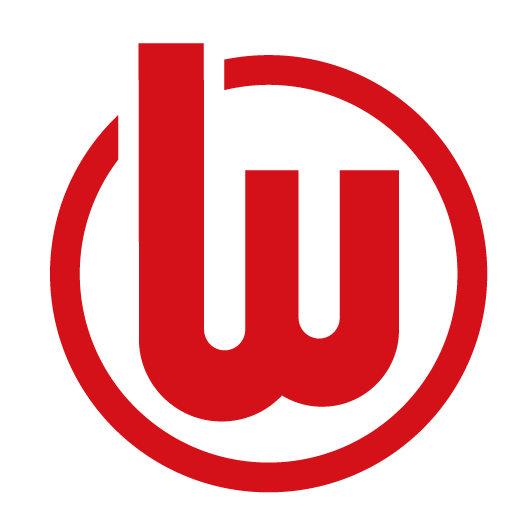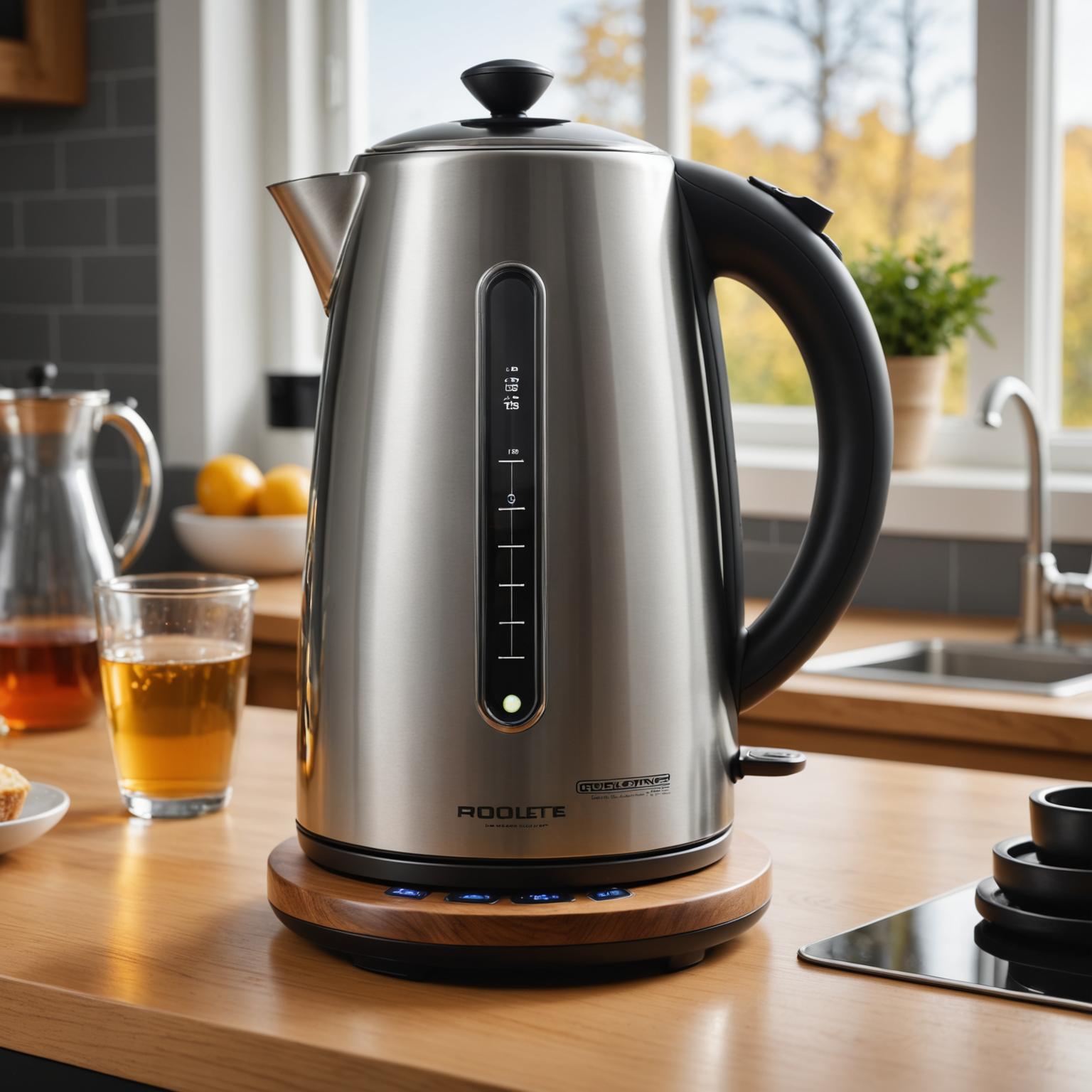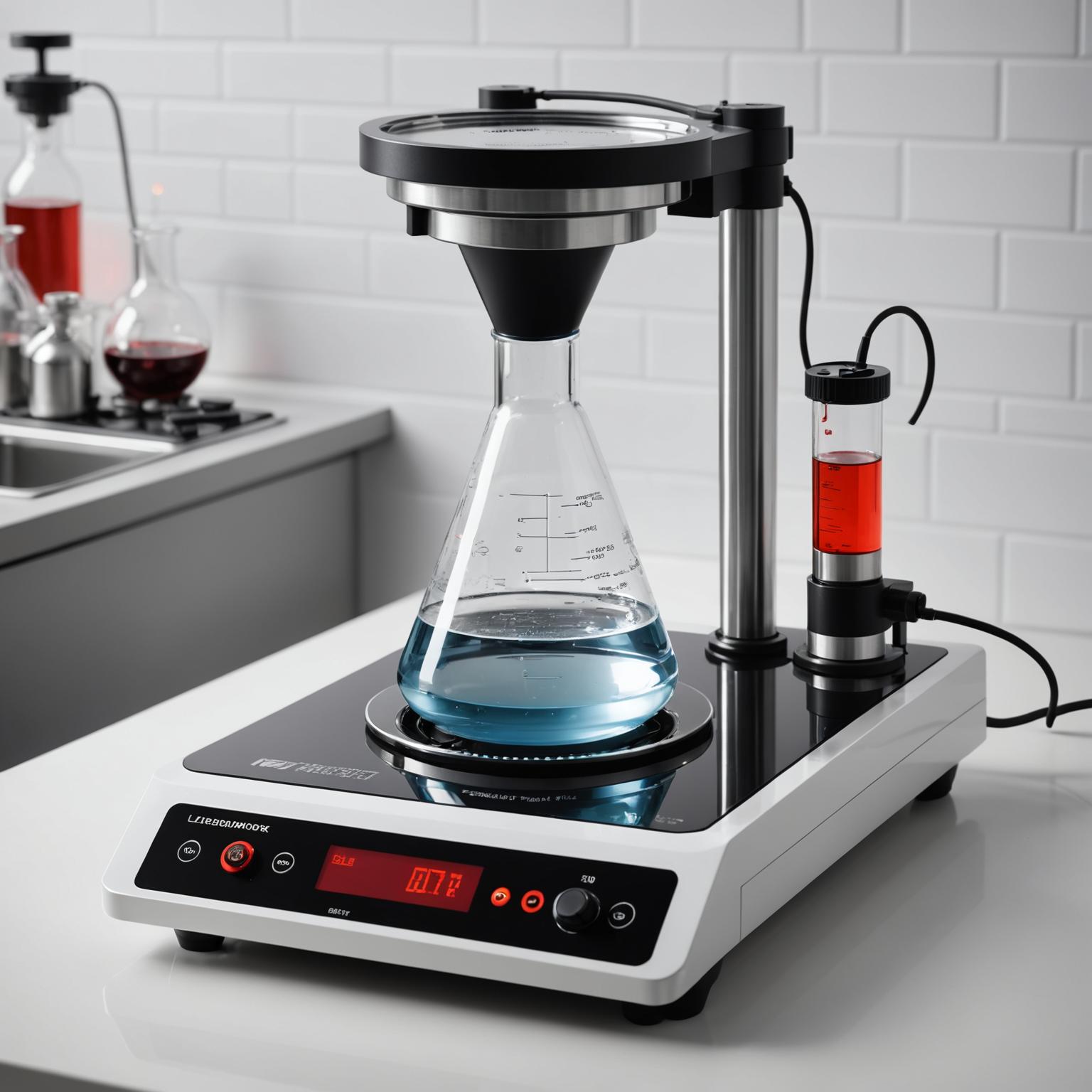Water heater elements are essential components in any hot water system, playing a pivotal role in providing reliable and efficient heating for both residential and commercial applications. This article explores the nuances of water heater elements by comparing and contrasting various types, brands, and features to help you make an informed decision. For instance, we'll delve into water heater heating elements used in everyday homes versus those in large-scale operations, highlighting their differences in durability, energy efficiency, and installation requirements.
Comparing Residential and Commercial Water Heater Elements
Residential water heater elements are designed for smaller-scale use, typically in homes where the demand for hot water is moderate. These elements, often rated for voltages between 120 to 240 volts, prioritize energy savings and quick recovery times, making them ideal for families. In contrast, commercial water heater elements handle higher volumes and more frequent usage, such as in hotels or restaurants, where they must withstand heavier loads and operate continuously without failing. Residential water heater elements might use simpler materials like copper or stainless steel for cost-effectiveness, while commercial ones often incorporate advanced alloys for enhanced longevity and resistance to corrosion. This difference underscores a key trade-off: residential options are more affordable and easier to maintain, but commercial elements provide superior performance in high-demand settings, potentially reducing long-term costs through fewer replacements.
Contrasting Different Water Heater Element Brands and Technologies
Water heater element brands vary significantly in quality and innovation, with some focusing on user-friendly designs and others on cutting-edge technology. For example, traditional brands might offer standard water heater heating elements that are reliable but basic, whereas premium brands integrate smart features for better control. Cold water heater elements, which are engineered to heat from lower starting temperatures, differ from standard ones by requiring more power initially, making them less efficient in warmer climates compared to versatile models that adapt to varying conditions. Brands certified by organizations like VDE, TUV, UL, CE, and ROHS, as upheld by companies such as GUANGDONG WEBO TECHNOLOGY Co., LTD, ensure products meet stringent safety and environmental standards. This company's commitment to ISO 9001 and ISO 14001 means their elements are not only durable but also eco-friendly, contrasting with non-certified brands that might cut corners on quality. Ultimately, choosing a brand involves weighing factors like warranty periods and customer support, where established players outperform newcomers in reliability.
Heating Element Innovations: Traditional vs. Modern Approaches
In the realm of water heater elements, traditional designs rely on simple resistance heating, which is straightforward and effective for basic needs, whereas modern innovations incorporate rapid heating technologies that reduce wait times and energy consumption. For instance, a residential water heater element might use a basic coil that heats water steadily, contrasting with advanced commercial water heater elements that employ variable frequency drives for precise temperature control. This evolution highlights how older models prioritize simplicity and low initial costs, while newer ones offer smarter features like automatic shut-off to prevent overheating, enhancing safety. GUANGDONG WEBO TECHNOLOGY Co., LTD, with its 500 employees and $40 million annual turnover, exemplifies this shift by producing elements that blend traditional reliability with modern efficiency, making them a standout choice for both residential and commercial users. By comparing these approaches, it's clear that while traditional elements suffice for straightforward applications, modern ones provide the edge in versatility and sustainability, ensuring your water heating system aligns with contemporary demands.







